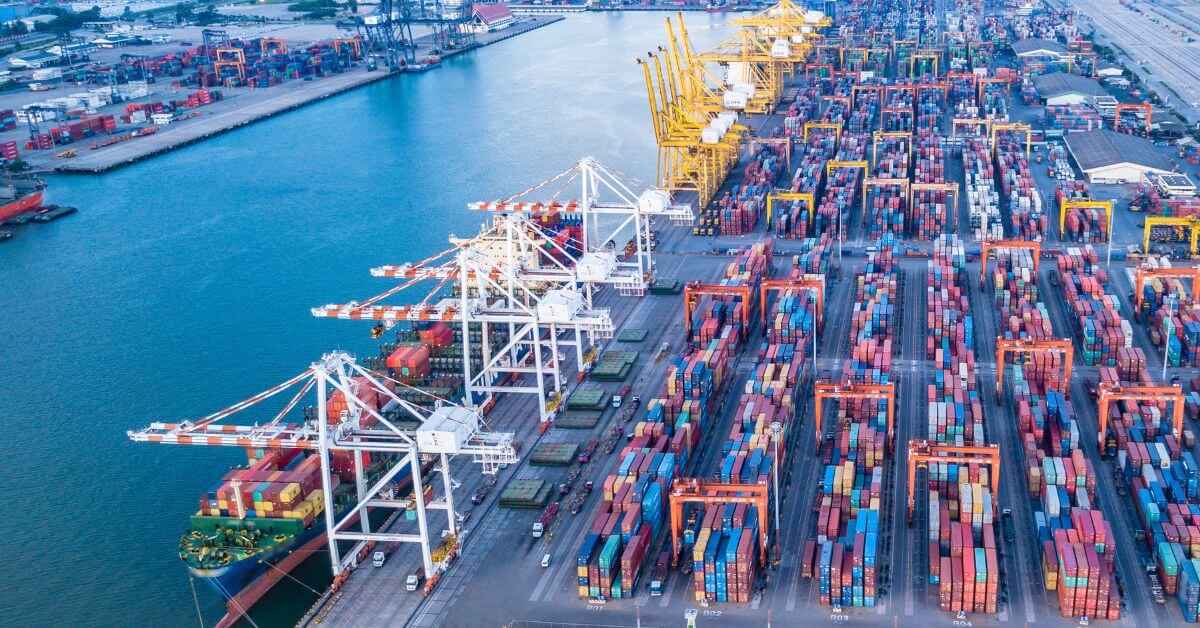China Inaugurates Massive $1.3 Billion Deep-Water Port In Peru To Boost Trade
China Inaugurates Chancay Port in Peru: A New Era in Global Trade

China Opens Chancay Port in Peru, Aiming to Transform Trade
On November 14, 2024, Chinese President Xi Jinping inaugurated the Chancay deep-water port in Peru, marking a significant milestone for global trade. This $1.3 billion port, part of China’s Belt and Road Initiative (BRI), is set to make Peru a major trade hub in Latin America.
Located about 80 kilometers north of Lima, the Chancay port is designed to boost Peru’s economy by generating $4.5 billion annually and creating 8,000 direct jobs. It will also reduce shipping costs for Peruvian goods sent to China by 20%, making exports like copper and agricultural products more competitive in international markets.
President Xi joined the ceremony via video link alongside Peru’s President Dina Boluarte. He described the port as a vital piece of the 21st-century maritime Silk Road, a modern take on ancient trade routes. Xi also emphasized stronger ties between China and Latin America, hinting at more collaborative projects in the future.
Key Features of Chancay Port
The Chancay port is equipped with 15 berths and advanced technology, including automated cranes and electric driverless trucks made by Chinese companies. It is capable of handling some of the world’s largest ships, placing Peru on the map as a global trade player.
The first phase of the port, designed to handle smaller ships initially, will begin operations this month. Chinese shipping giant COSCO has taken the lead, investing heavily in the project.
Economic and Strategic Implications
The new port not only enhances Peru’s trade capacity but also strengthens its ties with China. Last year, trade between the two nations reached $36 billion, significantly surpassing Peru’s $21 billion trade volume with the United States. With Peru being the world’s second-largest copper producer, the Chancay port is expected to facilitate the export of this critical resource, widely used in electronics and green technologies.
Plans for a $3.5 billion railway connecting Chancay to Brazil, China’s largest Latin American trading partner, promise even greater regional trade integration. This railway will help transport Brazil’s key exports like soybeans and iron ore.
The Cost of Carbon Compliance Leads the Discussion at the ABS Hellenic National Committee
Geopolitical Concerns
While the Chancay port is celebrated as a commercial success, it has raised geopolitical tensions. U.S. officials, including former General Laura Richardson, have expressed concerns that the port could be used for military purposes. However, China has firmly denied these claims, stating that the port is purely a commercial venture.
The United States is watching closely as China’s influence in Latin America grows. The Chancay port joins over 40 ports globally under the Belt and Road Initiative, signaling China’s expanding reach in international trade.
Strengthening Economic Ties
In addition to the port, Presidents Xi and Boluarte are set to sign an updated free trade agreement, further solidifying the economic partnership between China and Peru. This deal is expected to enhance bilateral trade and open new opportunities for businesses in both nations.
Conclusion
The Chancay port is more than just a shipping terminal—it is a gateway to deeper economic and trade connections between Latin America and China. Despite geopolitical debates, the port symbolizes progress, offering Peru a chance to thrive as a central trade hub in the global economy. With advanced technology, expanded trade networks, and stronger international partnerships, the Chancay port is set to reshape the future of trade in the region.
